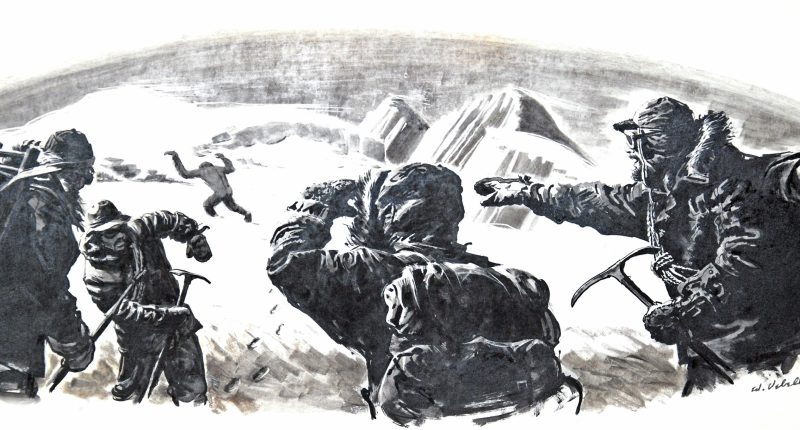THE abominable snowman has featured in folklore and mythical stories for hundreds of years.
Also referred to as the Yeti and compared to Bigfoot, scientists have tried to work out whether the creature actually exists.
YETI DNA PROBE
Several scientific theories explain how the abominable snowman is likely just a mythical beast.
In 2017, researchers from the University of Buffalo conducted DNA analysis on the supposed remains of Yetis.
They discovered the remnants belonged to a dog, Asian Black Bears, Himalayan Brown Bears, and Tibetan Brown Bears.
Scientists studied nine so-called Yeti specimens including bone, tooth, and fecal samples recovered from the Himalayas and the Tibetan Plateau in the “most rigorous analysis to date.”
The findings were published in the Proceedings of the Royal Society journal.
They suggest the myths behind the Abominable Snowman, a giant ape-like creature that has become synonymous in Himalayan folklore, could be just that.
Dr Charlotte Lindqvist led the DNA study.
She said in a statement at the time: “Our findings strongly suggest that the biological underpinnings of the yeti legend can be found in local bears.
Most read in News Tech
“Our study demonstrates that genetics should be able to unravel other, similar mysteries.”
MENTAL PHENOMENON
Sightings of the Abominable Snowman in the Himalayas could also be due to a mental phenomenon.
According to Scientific American, a condition called pareidolia can explain most paranormal sightings.
Pareidolia is common and often experienced in everyday life.
People who experience the phenomenon have a tendency to give objects or patterns meaning when there isn’t one.
For example, you might see what looks like a human face in a patterned wallpaper or clouds in the sky.
According to the International Arts + Mind Lab, pareidolia was once considered a symptom of people going through psychosis.











